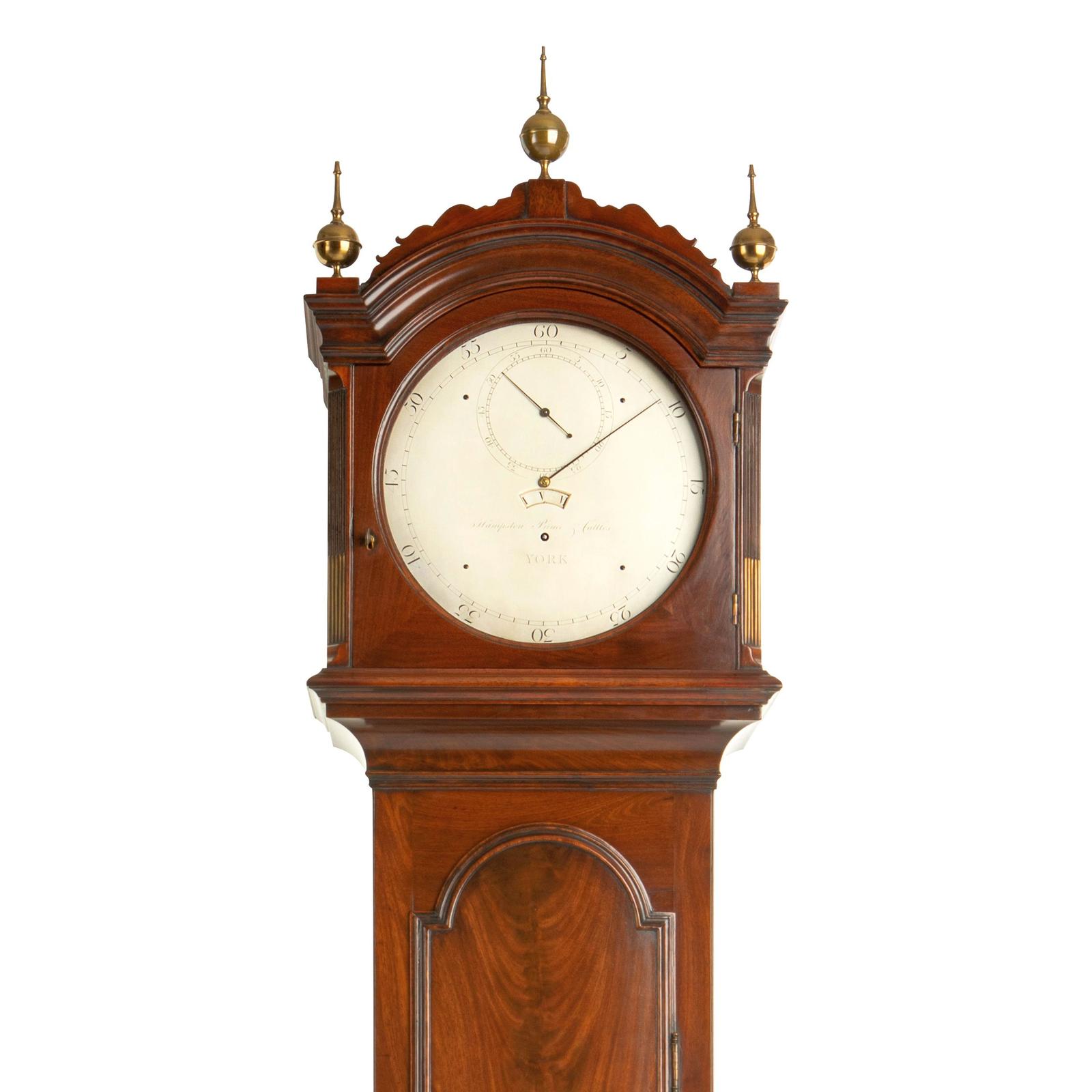Directory and moreAll AntiquesFurnitureSilverArtJewellerySalvageClocksMirrorsChairsGlassCeramicsDirectory and moreBedsBookcasesCabinetsChairsChest of DrawersCupboardsDesksDressersDressing TablesSideboardsStoolsTablesWardrobesBasketsBowlsBoxesCandlesticksCard HoldersCoastersCoffee PotsCondimentsCutleryDecanter LabelsDishesSpoonsVasesCityscape ArtContemporary ArtDrawingsEaselsLandscape ArtMarinescape ArtMiniaturesOil PaintingsPastelPortraitsSeascape ArtStill LifeWatercoloursAntique Bracelets & BanglesBroochesCufflinksDiamond RingsEarringsEngagement & Wedding RingsJewellery BoxesLocketsNecklacesPendantsRingsSets - Demi ParureSolitaire RingsBathsChimneysColumnsDoor Handles / Door Stops / Door KnockersDoorsFireplacesFlooringIndustrial antiquesLocks / KeysReclaimed & Industrial LightingReclamationWindowsBracket ClocksCarriage ClocksClock SetsCuckoo ClocksDial ClocksFusee ClocksGrandfather ClocksLongcase ClocksMantel ClocksPocket WatchesSkeleton ClocksWall ClocksWatchesConvex MirrorsDressing MirrorsDressing Table MirrorsFrench MirrorsGilt MirrorsLarge MirrorsOval MirrorsOvermantle MirrorsPier MirrorsSwing MirrorsToilet MirrorsVictorian MirrorsWall MirrorsArmchairsClub ChairsCorner ChairsCountry ChairsDesk ChairsDining ChairsHall ChairsKitchen ChairsLibrary ChairsOffice ChairsPair of ChairsRocking ChairsWing ChairsAntique Drinking GlassesChampagne GlassesDecantersEpergnesGlass BowlsGlass CruetGlass DishesGlass InkwellGlass JugsGlass SculpturesGlass VasesScent BottlesTantalusAnimal FigurinesBlue and WhiteBowlsChargersChinaCoffee Pots & SetsDinner ServiceDishesFigurinesJugsTea Pots and SetsVases (Ceramic)Business DirectoryLoveAntiques DealersHome & LivingBlogMaterialsPeriodsArtisansOriginsGifts For HimGifts For Her

Antique Clock Company

The Antique Clock Company specialise in the Sales, Repair and Restoration of Fine Clocks.
Address
The Antique Clock Company
Weymouth
Dorset
United Kingdom
DT3 4JT
Opening times
Monday 10.00 to 17.00 Tuesday 10.00 to 17.00 Thursday 10.00 to 17.00 and Friday 10.00 to 17.00
Phone
+441305 873852
LoveAntiques Dealersince Jun 2024Approved itemFree Delivery
Small Mahogany Regulator - Hampston Prince & Cattles of York
REF: HPCREG / LA495289
£25,000
€28,458
$33,358
LoveAntiques Dealersince Jun 2024Approved itemFree Delivery
Description
A very attractive mahogany longcase regulator. The case with arched top surmounted by a small cresting, has canted and brass inlaid corners and an opening front door with a round glazed aperture for the round dial. The trunk with full length opening door with fine quality flame mahogany veneers and surrounded by a strong moulding. The panelled base also with fine quality flame veneers. The inside of the trunk door has a printed equation table with various inscriptions marked on it in pen, the earliest from about 1826.
The eight-day movement is of fine quality with six nicely shaped pillars, maintaining power and a Graham deadbeat escapement. The wheels run within screwed end caps. The clock employs a wood rod pendulum with a massive brass bob with a calibrated rating nut below, which is a large silvered calibrated sphere which can be screwed up or down for further fine adjustment.
The dial has a cutout below the centre arbor for the hours, a large minute chapter ring and a smaller seconds ring below 12 o’clock. It is signed for the maker ‘Hampston, Prince & Cattles, York.’
Hampston, Prince & Cattles are recorded as working in York between 1777 and 1810. John Hampston was born in 1739. He was a clockmaker, silversmith, jeweller and goldsmith. He died 26th January 1805. The dates for John Prince are a little unclear but it is believed he was born in 1748 and died in 1835. He was apprenticed in 1778 to Thomas Willans of York, surgeon, instrument maker and cutler. Robert Cattle was born in 1767. He was a watchmaker and a silversmith, Sheriff of York 1816 and Lord Mayor in 1841. He died on the 14th October 1842. The company, Hampston, Prince & Cattles, were also jewellers and goldsmiths.
Further details can be found in “Yorkshire Clockmakers” by Brian Loomes.
Serviced and guaranteed for 3 years.
Provenance: Private collection U.K.
measurements
Height:
209 cm
declaration
Antique Clock Company has clarified that the Small Mahogany Regulator - Hampston Prince & Cattles of York (LA495289) is genuinely of the period declared with the date/period of manufacture being c.1790
additional info
Material:
Artisan:
Date of Manufacture:
c.1790
location
This Small Mahogany Regulator - Hampston Prince & Cattles of York is located in Dorset, United Kingdom
Share:
Ask a question
Please note,
This dealer does not accept instant online payment for this item.
To buy this item please email the dealer using the enquiry form below.
A selection of items from Antique Clock Company
Antique Clock Company has 106 items available.Antique Clock Company
Antique French Ormolu Mantel Clock - Henri Jacot
£ 5,500
€6,261
$7,339
Antique Clock Company
James Wood Regulator Longcase Clock
£ 14,500
€16,505
$19,348
Antique Clock Company
Rocking Ship Longcase Clock - Richard Biggs of Romsey
£ 8,250
€9,391
$11,008
Antique Clock Company
Charming Oak Longcase Clock - Richard Alexander of Devizes
£ 5,250
€5,976
$7,005
Antique Clock Company
Exquisite French Four Glass Mantel Clock
£ 4,750
€5,407
$6,338
Antique Clock Company
Elegant Gilt Brass Strut Clock Timepiece
£ 1,950
€2,220
$2,602





